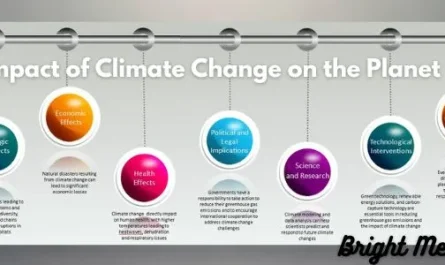Asteroid Samples Return to Earth With OSIRIS-REx
Introduction
On September 24, 2023, NASA’s OSIRIS-REx spacecraft will make history by returning samples of the asteroid Bennu to Earth after seven years in deep space. This will be the first time that NASA has returned samples from an asteroid, and it is the culmination of one of the most ambitious and challenging missions in the history of space exploration.
The OSIRIS-REx Mission
OSIRIS-REx stands for Origins, Spectral Interpretation, Resource Identification, Security-Regolith Explorer. The mission was launched in 2016 and reached Bennu in 2018. The spacecraft spent two years orbiting the asteroid, mapping its surface and studying its composition.
In October 2020, OSIRIS-REx made a daring descent to Bennu’s surface and collected a sample of material. The sample was collected using a robotic arm that extended from the spacecraft and touched down on the asteroid for just five seconds.
After collecting the sample, OSIRIS-REx began its journey back to Earth. The spacecraft is scheduled to arrive on September 24, 2023, and will release its sample return capsule into Earth’s atmosphere. The capsule will then parachute down to Earth and land in the Utah desert.
The Importance of the OSIRIS-REx Mission
The OSIRIS-REx mission is important for a number of reasons. First, it will provide scientists with the first opportunity to study asteroid material in detail in a laboratory setting. This will help them to better understand the composition and formation of asteroids, and how they may have played a role in the formation of our solar system and the origin of life on Earth.
Second, the OSIRIS-REx mission will help scientists to better understand the potential hazards posed by asteroids. Bennu is a near-Earth asteroid, meaning that it orbits the Sun on a path that brings it close to Earth. If Bennu were to collide with Earth, it could cause catastrophic damage. By studying Bennu’s sample, scientists will be able to learn more about its composition and structure, which could help them to develop strategies for deflecting or destroying asteroids if they pose a threat to Earth.
Finally, the OSIRIS-REx mission is a technological marvel. The spacecraft was able to travel to Bennu, collect a sample, and return to Earth safely. This is a testament to the ingenuity and skill of the engineers and scientists who worked on the mission.
The Sample Return
The OSIRIS-REx sample return capsule is a complex piece of engineering. It is designed to protect the sample from the extreme heat and pressure of entering Earth’s atmosphere, and to deliver it safely to the ground.
The capsule will be released from OSIRIS-REx on September 24, 2023, and will begin its descent to Earth. The capsule will enter Earth’s atmosphere at a speed of about 25,000 miles per hour. As it descends, the capsule will experience extreme heat and pressure. The capsule’s heat shield is designed to protect the sample from this heat and pressure.
Once the capsule has slowed down enough, it will deploy its parachute. The parachute will slow the capsule’s descent to about 20 miles per hour. The capsule is scheduled to land in the Utah desert on September 24, 2023.
After the Landing
Once the OSIRIS-REx sample return capsule has landed, it will be collected by a team of scientists and engineers. The capsule will then be transported to a secure facility where the sample will be removed and processed.
The sample will be divided into two parts. One part will be made available to scientists around the world for study. The other part will be preserved for future generations.
The Science of the OSIRIS-REx Mission
The OSIRIS-REx mission will provide scientists with a wealth of new information about asteroids. The sample that is returned to Earth will be studied by scientists from all over the world. They will use the sample to learn more about the composition and formation of asteroids, and how they may have played a role in the formation of our solar system and the origin of life on Earth.
Scientists are particularly interested in studying the organic molecules that are thought to be present in Bennu’s sample. Organic molecules are the building blocks of life, and their presence in Bennu’s sample would suggest that asteroids may have played a role in the delivery of organic molecules to Earth.





